
How to pack a backpack for a long-haul flight, under the weight limit, in three easy steps
October 23, 2018 7 min read
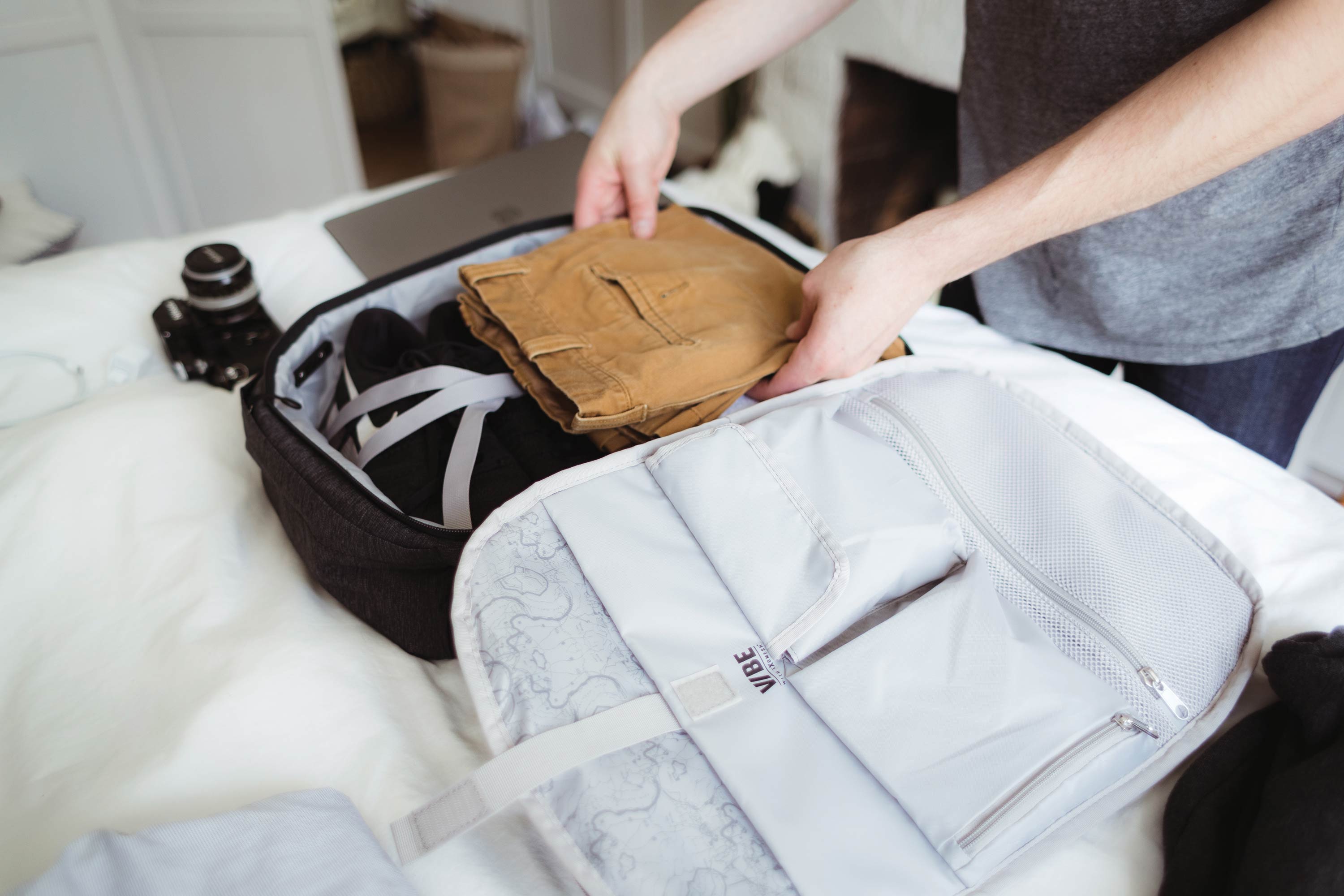
When heading off on a long trip, you want the flight to be as easy as possible. That means taking all the things you need to make you comfortable, without exceeding the weight limit of what you’re allowed on board. Considering airlines are getting stricter and stricter about their limits, it’s worth knowing the best things to pack, how to pack them and what you’re actually allowed with you. Here’s a detailed guide on how to pack a backpack for a long-haul flight, under the weight limit, in three easy steps.
These steps in order are:
- Knowing your limits
- What to take on a long-haul flight
- Packing everything so it’s easy to get to.
I’ve also listed 5 hacks at the bottom to get around weight limits if you really need to.
Knowing Your Limits

Basically put, you can’t push the limits if you don’t know what they are.
Here’s a quick look at what some of the most-popular full-price airlines around the world allow on a flight, both in size and weight.
- United – 56x35x22cm, no weight limit
- American – 56x36x23cm, no weight limit
- Qatar Airways – 50x37x25cm, 7kg
- Emirates – 55x38x20cm, 7kg
- Cathay Pacific – 56x36x23cm, 7kg (10kg for business passengers)
- Lufthansa – 55x40x23cm, 8kg
- Singapore Airlines – Sum of HxWxL shouldn’t exceed 115cm, 7kg
If you’re traveling with cut-price airlines, allowances are similar, but they tend to be a lot more strict about weighing items before you board. Here’s what some of the most popular airlines in that category let you take.
- South West – 61x41x28cm, no weight limit
- Delta – 56x36x23cm, no weight limit
- Air Asia – 56x36x23cm, 7kg maximum
- Norwegian Air – 55x40x23cm, 10kg maximum
- Ryan Air – 55x40x20cm, 10kg (for priority boarding passengers only)
- Jetstar – 56x36x23cm, 10kg maximum
If the airline you’re taking isn’t listed here, simply type your airline’s name and ‘cabin baggage allowance’ into Google and it should come up. Or,Seat Guru has guides for pretty much every airline you can think of.
Finally, it’s worth weighing your bag before you leave, just in case. An easy way to do this is to jump on your bathroom scales at home holding the backpack. Then weigh yourself without the bag. The difference between those two numbers is what your backpack weighs by itself.
What to take on a long-haul flight
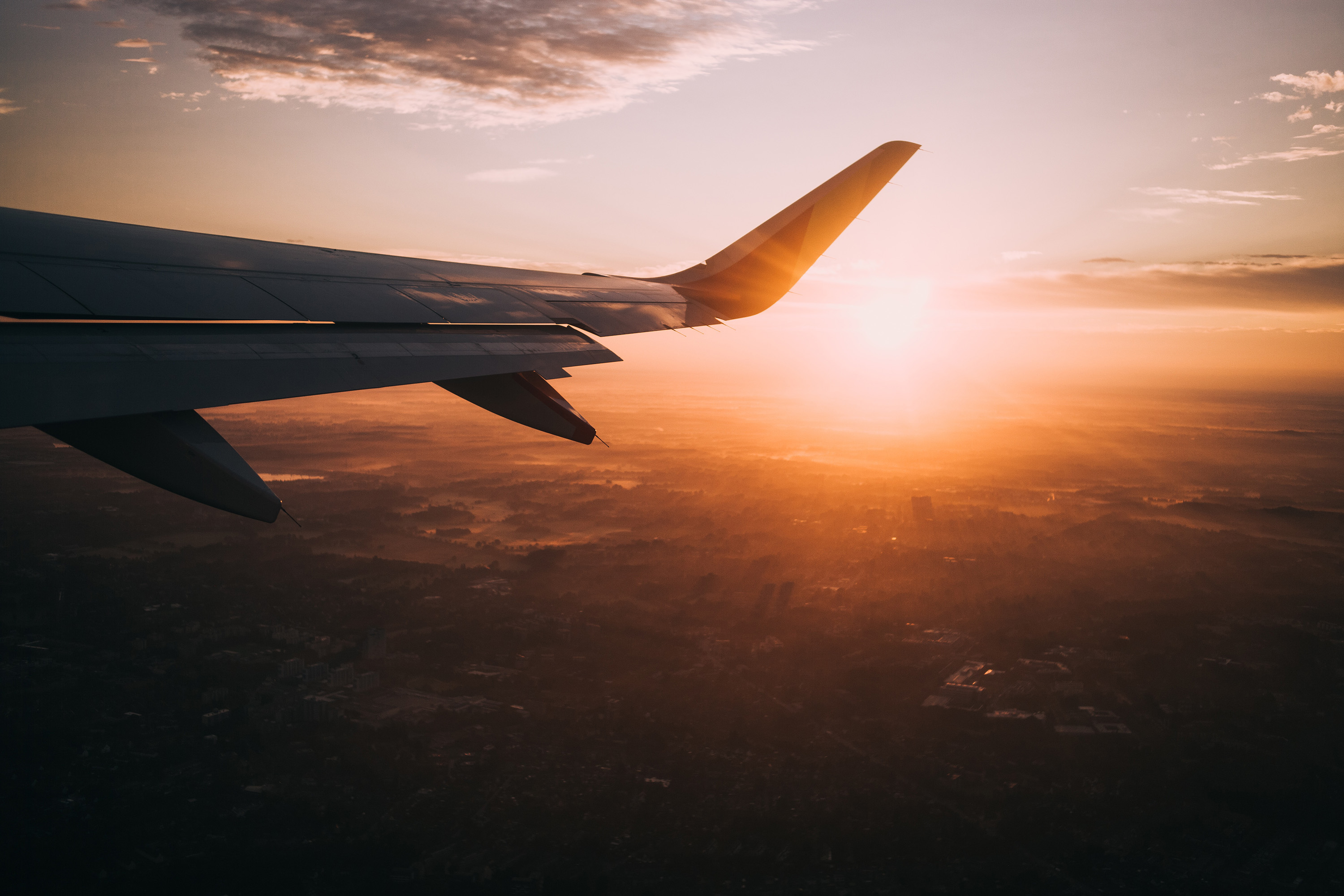
The next, and often most confusing step, is figuring out what to take on a long-haul flight. There are a few things you’ll need to consider here, including toiletries, food, entertainment, clothing and extra comforts. The best way to keep weight down is only take what you needonthe flight and put everything else in your check-in luggage. So, make a list, narrow things down and look at swapping out any heavy items for lighter alternatives.
Toiletries
Let’s be honest, you don’t need a bar of soap, shampoo, shower cap or pumice stone when flying. You really only need a toothbrush, toothpaste, a little deodorant and perhaps a couple of key makeup items to freshen up before you land. Be hard on yourself and put a mini kit together, rather than your full toiletry bag.
Entertainment
Most airlines have great entertainment provided on board in the way of TV and films, so unless you want something specific, you’re probably covered there. If you do want your own stuff, load something up on either an iPad or Laptop (why take both?). If you’re planning on doing work, opt for the Laptop and leave the rest at home. A good smartphone can cover your iPad for a short while and fits in your pocket so don’t count toward cabin allowance. If you’re a book buff, then maybe take the iPad with a few novels on it, since that’s lighter than taking a physical book itself. In short, think about what you’ll actually need, take that and leave the rest. Oh, and if you’ve got kids, a couple of coloring books and pencils are totally worth that bit of extra weight.
Travel Documents
You’ll need your passport, boarding passes and possibly your frequent flyer cards when heading on an international flight. You’re not going to get too far without them. Add into that some local currency, your credit card/s and a pen to fill in customs forms, and you’ve got a good set of essentials. There are some great travel wallets out there that will organize all of this in one place and make it easy to stash in your backpack, so it’s worth considering having that on your packing list too.

Food
Again, food on planes is actually pretty good these days. Snacks, drinks and full meals are generally included in the ticket cost on full-price services. However, if you’re cautious about what you eat, or have had a bad experience with plane food, sometimes you’ll want your own snacks. Bringing your own food is also often cheaper than buying from the menu on cut-price airlines. If that’s the case, think about how long you’ll be on the flight, plan for an exact amount and keep to light items (think sponge cake instead of a dense chocolate slice). Muesli bars are an excellent healthy option.
Clothing
When the air-conditioning is on and you’re in sleep mode, things can get pretty cold on a plane. If you’re heading from cold to tropical climates (or vice versa) it’s also great to be able to land wearing suitable attire for the temperature. Here’s a quick packing list of things to consider here:
- 1 x spare pair of underwear
- 1 x spare pair of socks
- 1 x spare t-shirt or top
- 1 x jacket or sweater (comfort counts here!)
- 1 x pair of sandals (wear your shoes/boots on first, we’ll explain later)
- 1 x pair of shorts, or pants
That’s it. Having this rolled up neatly in your backpack will also ensure you’ve got some back up with you for the first day at your destination (if the worst happens to your check-in luggage).
Other Comforts
If you’re planning on getting some sleep on the plane, it’s worth taking a travel pillow, some earplugs, or noise-canceling headphones along with you on a long-haul flight. Good noise-canceling headphones especially are worth their weight in gold and are amazing when watching films or listening to music.
What I Take
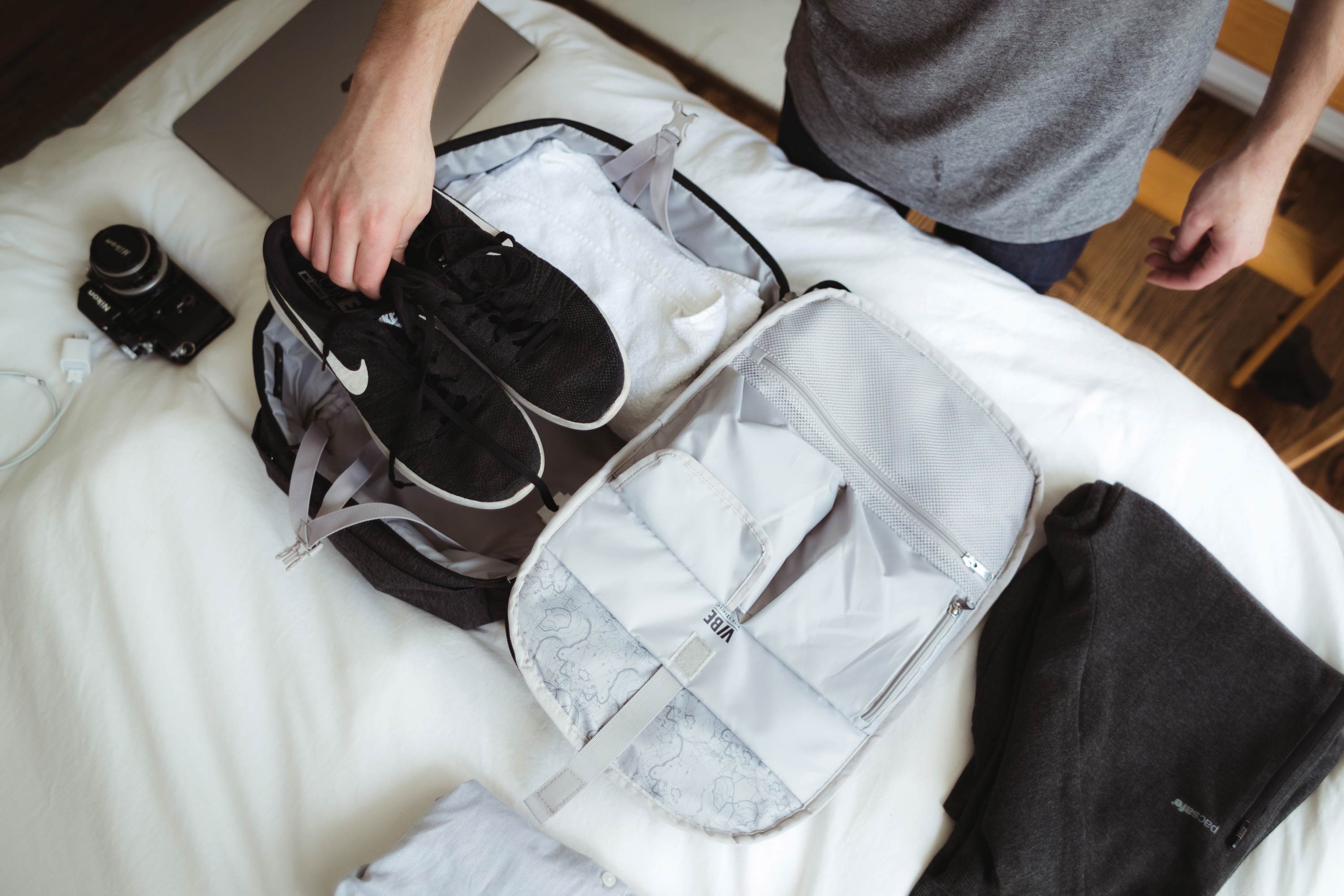
Here’s a packing list of what I put in my own backpack as a frequent international traveler.
- 1 x laptop
- 1 x pair of noise-canceling headphones
- 1 x travel pillow (attached to the outside of the bag)
- 1 x water bottle filled preflight
- 1 x travel wallet including my passport and a pen
- 1 x light woolen sweater (warm and stylish without being heavy)
- 1 x pair of underwear
- 1 x pair of socks
- 1 x spare t-shirt
- 1 x spare pair of jeans.
- 1 x Kindle
- 1 x pair of reading glasses, or sunglasses (depending on which I’m wearing on)
That’s it. My phone is in my pocket. My favorite pair of sneakers are on my feet.
Here’s a great clip by Vlogger Ashley Nicole on what she takes as essentials on a plane, in case you want a second (very valid) opinion.
How to Pack Your Backpack
The key when packing your backpack for a long-haul flight is access. Make the things you know you’ll need easy to grab, then pack the ‘maybe’ stuff at the bottom. If you have heavier items, you’ll generally want to put those at the bottom of the bag too, since weight at the top pulls on your shoulders and is a lot less comfortable.
Here’s a quick step, by step guide based on how I put the things on my own bag…
- Lay out items and split between need vs might need.
- Roll clothes up small and put them in at the bottom. Jeans first, since they’re the heaviest.
- Slide laptop into its own padded sleeve (you need easy access to take it out during security screening)
- Put Kindle/Tablet into its own slot.
- Put noise-canceling headphones in at the top, since they’re the first things I grab.
- Store travel wallet and glasses in an easy-access pocket at the front (or top) of the bag.
- Add water bottle into a side pocket
- Attach travel pillow to the outside.
If you want to see a cool ‘bundle’ style packing technique that will work to fit more clothes in the bottom of your backpack (wrinkle free), here’s a neat video that shows you how.
Extra Hacks
When traveling on long-haul flights, often I’m pushing the limit of what I’m allowed to take on board weight wise. Here are a few things I consider when making sure I’m working within the system, yet taking what I need.
- Wear the weight
If I have a heavy jacket or boots because I’m going somewhere cold, I wear them on the plane, even if I’m not cold in the airport. That’s because it won’t get weighed if it’s not in the bag.
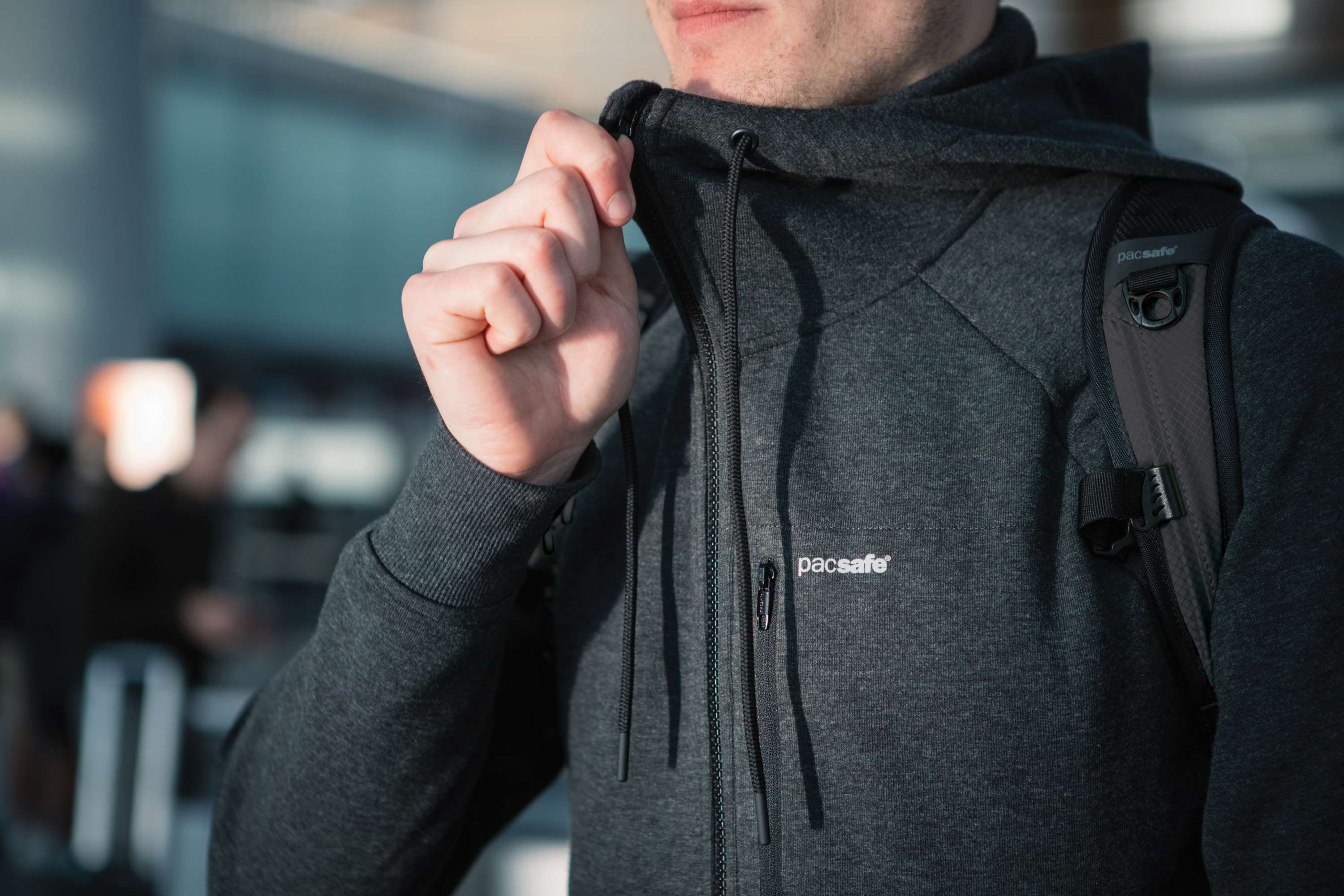
- Swap out for lighter items
If there’s a lighter option to what you’ve packed, take that instead. Kindles weigh less than books, sweaters weigh less than jackets.
- Put heavy weight in your ‘personal item’
Most airlines let you take a small personal item like a handbag or similar in addition to your backpack on a flight. They are much less likely to weigh that. If you’re carrying a handbag, put heavy items like books or water bottles in there, at least for the check-in process.
- Use a backpack
Okay, so considering this is a backpack guide, I’m probably preaching to the converted here. However, if you normally take wheeled luggage as your carry on, consider swapping it for a backpack. Those wheels and the construction weighs a lot more than a basic backpack does.

- Duty Free is Limit Free
This one is a little cheeky, but then I’m a little cheeky at times. If I know I’m over the limit, I’ll often grab a duty free Toblerone chocolate bar and ask for a bag. I’ll then stash some heavier items in that bag. Airports and airlines thrive on duty free, so rarely (if ever) check what’s in one of those special red bags. Plus, Toblerone for the flight.
So, there’s your detailed guide on how to pack a backpack for a long-haul flight while staying under the weight limit. I hope there are some helpful tips there to get you on your next flight, comfortable, prepared and within your allowance.
If you’re looking for a good travel backpack I personally recommend either theIntasafe 20L anti-theft backpack (which is the one pictured above in the packing images) or theVenturesafe X 24L (which is a little bigger and my go-to for extra easy laptop access when I’ve got a few transits to deal with).
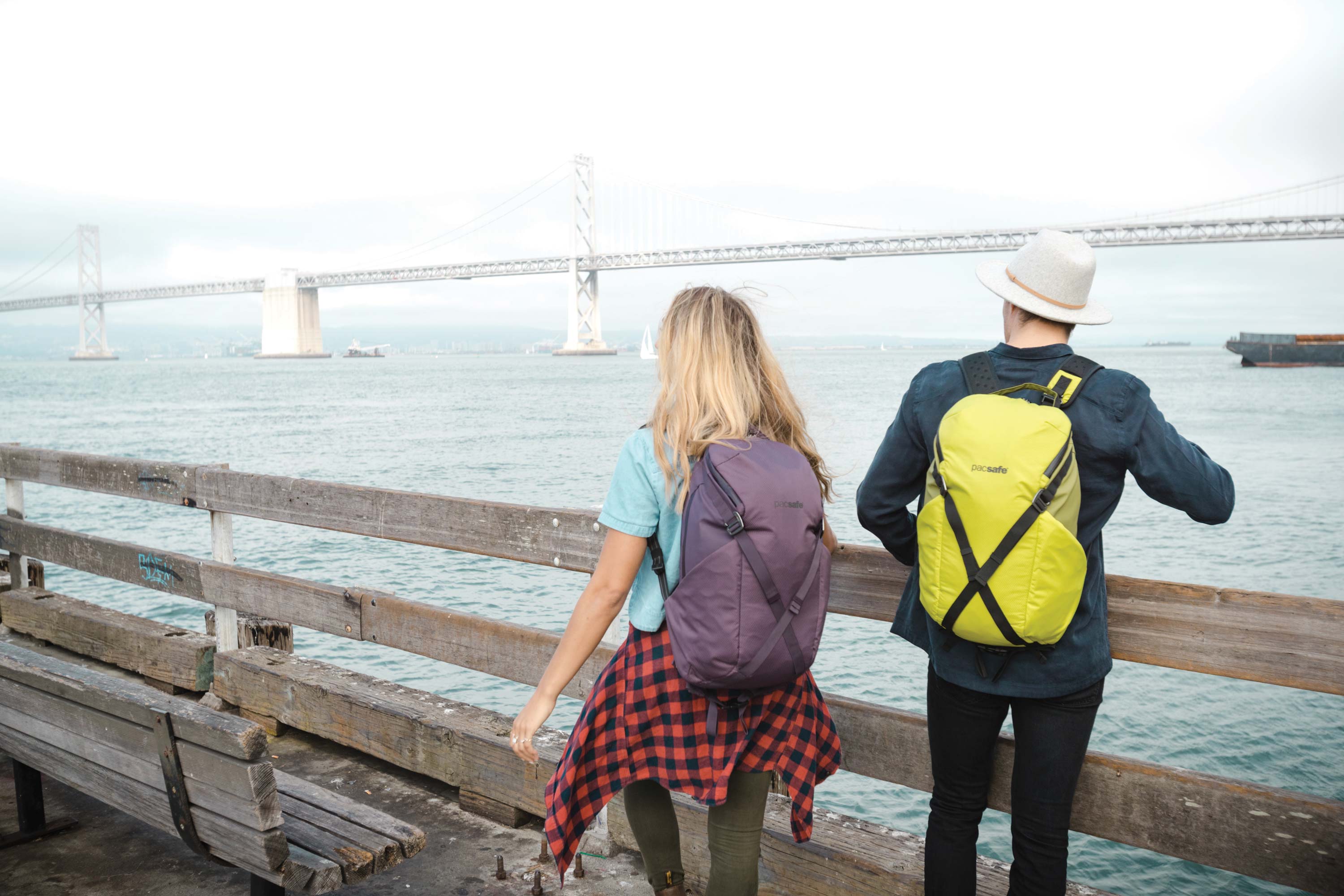
Safe Travels.
By Tim Hawken

Tim Hawken is an Australian writer who enjoys surfing, Indian food and romantic midnight strolls to the beer fridge. He has clocked up visits to 23 countries on 5 continents (and counting). Find out more about his weird world by heading tohis website, or following him onInstagram andTwitter.
Also in Pacsafe Blog

What to Do When You Get Sick Overseas
April 07, 2025 5 min read
Recent Articles
- What to Do When You Get Sick Overseas April 07, 2025
- Cultural Awareness: Is it that important? December 12, 2024
- Travel Smarter, Not Harder: Unveil the Power of Efficient Packing September 26, 2024
- The Most Memorable Hostel Experiences: The Good, the Bad, and the Unforgettable! August 13, 2024
- Budget Travel Wisdom from a Solo Adventurer August 13, 2024
newsletter signup
Be the first to know about upcoming sales and promos. Get a 10% discount coupon when you subscribe!











